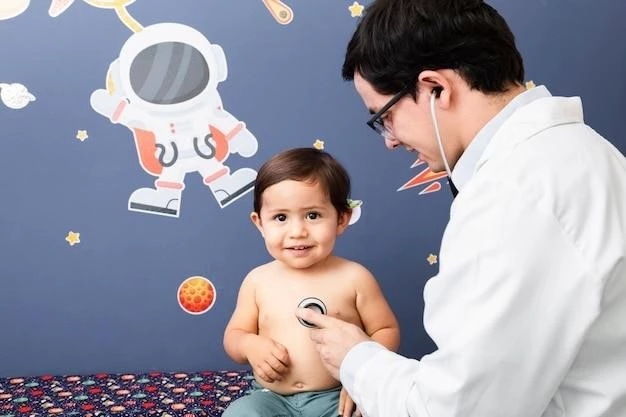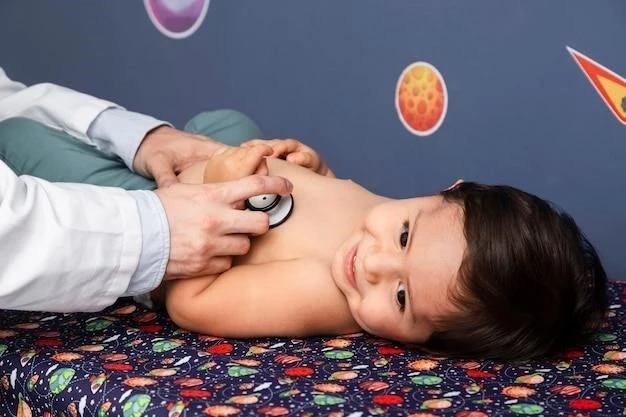Introduction
Infantile Spastic Paraparesis is a rare neurological disorder characterized by progressive weakness and stiffness in muscles, usually beginning in early childhood.
Infantile Spastic Paraparesis is a rare neurological disorder characterized by progressive weakness and stiffness in the muscles, typically manifesting in early childhood. This condition is part of a group of genetic disorders known as hereditary spastic paraplegias, leading to increased muscle tone and eventual paralysis of the lower limbs. Understanding the signs and symptoms, as well as seeking professional guidance for diagnosis and management, is crucial for individuals affected by this condition.
Clinical Presentation
Infantile Spastic Paraparesis typically presents in early childhood with progressive weakness and stiffness in the muscles, primarily affecting the lower limbs.
Overview of Infantile Spastic Paraparesis
Infantile Spastic Paraparesis is a rare neurological disorder characterized by progressive weakness and stiffness in the muscles, usually beginning in early childhood. This condition is part of a group of genetic disorders known as hereditary spastic paraplegias, leading to increased muscle tone and eventual paralysis of the lower limbs. Understanding the signs and symptoms, as well as seeking professional guidance for diagnosis and management, is crucial for individuals affected by this condition.
Symptoms and Onset
Infantile Spastic Paraparesis manifests with symptoms such as progressive weakness and stiffness in the muscles, typically beginning in early childhood.
Genetic Mutations and Mechanisms
Infantile Spastic Paraparesis is associated with biallelic mutations of the alsin Rho guanine nucleotide exchange factor (ALS2) gene, leading to neurodegenerative disorders characterized by progressive weakness and stiffness in muscles.

Pathophysiology
Infantile Spastic Paraparesis is primarily linked to biallelic mutations of the alsin Rho guanine nucleotide exchange factor (ALS2) gene٫ leading to neurological degeneration.
Diagnostic procedures for Infantile Spastic Paraparesis may involve genetic testing to identify mutations in the ALS2 gene and imaging studies to assess neurodegenerative changes in the central nervous system.
Diagnosis
To diagnose Infantile Spastic Paraparesis, genetic testing is crucial to identify ALS2 gene mutations. Imaging studies may also be performed to assess neurological changes.

Treatment
Addressing Infantile Spastic Paraparesis requires a multidisciplinary approach involving physical therapy, assistive devices, and possibly surgical interventions to manage symptoms and enhance quality of life.
Prognosis
Understanding the long-term outlook for Infantile Spastic Paraparesis can help guide treatment decisions and support individuals in managing symptoms effectively.
Management Strategies
Developing effective management strategies for Infantile Spastic Paraparesis involves a multidisciplinary approach focusing on physical therapy, assistive devices, and potentially surgical interventions to address symptoms and improve the quality of life for individuals affected by this condition.
Epidemiology
Understanding the prevalence and demographics of Infantile Spastic Paraparesis can provide insight into the impact of this condition on individuals and populations as a whole.
Prevalence and Demographics
Understanding the prevalence and demographics of Infantile Spastic Paraparesis can provide valuable insight into the distribution of this condition across different populations and age groups.
Research and Advances
Stay informed about the latest studies and future directions in the research of Infantile Spastic Paraparesis to understand potential advancements and emerging treatments.
Current Studies and Future Directions
Stay informed about ongoing research studies and emerging developments in the field of Infantile Spastic Paraparesis to gain insights into potential advancements and novel treatment approaches.
Support and Resources
Seeking assistance from expert centers and organizations that specialize in Infantile Spastic Paraparesis can provide valuable support and resources for individuals and families affected by this condition.
Expert Centers and Organizations
Expert centers and organizations specializing in Infantile Spastic Paraparesis can offer valuable support, guidance, and resources to individuals and families impacted by this condition.
Case Studies
Clinical case presentations offer valuable insights into the complexities and challenges faced by individuals with Infantile Spastic Paraparesis, shedding light on the diverse manifestations of this condition.
Clinical Case Presentations
Examining clinical case presentations can provide valuable insights into the different manifestations and challenges faced by individuals living with Infantile Spastic Paraparesis, helping healthcare professionals and families better understand and manage this condition.
